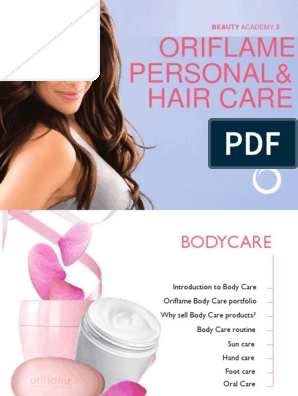0% found this document useful (0 votes)
48 views19 pagesRevised HOMEMADE BODY LOTION
The document discusses the increasing trend of using natural body lotions, highlighting their benefits and the concerns associated with synthetic ingredients. It outlines the process of making homemade body lotion using natural ingredients like orange peel, shea butter, and coconut oil, emphasizing sustainability and skin health. The research aims to provide insights into the skincare industry and promote the use of eco-friendly products.
Uploaded by
Andreas Yogi SantosoCopyright
© © All Rights Reserved
We take content rights seriously. If you suspect this is your content, claim it here.
Available Formats
Download as DOCX, PDF, TXT or read online on Scribd
0% found this document useful (0 votes)
48 views19 pagesRevised HOMEMADE BODY LOTION
The document discusses the increasing trend of using natural body lotions, highlighting their benefits and the concerns associated with synthetic ingredients. It outlines the process of making homemade body lotion using natural ingredients like orange peel, shea butter, and coconut oil, emphasizing sustainability and skin health. The research aims to provide insights into the skincare industry and promote the use of eco-friendly products.
Uploaded by
Andreas Yogi SantosoCopyright
© © All Rights Reserved
We take content rights seriously. If you suspect this is your content, claim it here.
Available Formats
Download as DOCX, PDF, TXT or read online on Scribd
/ 19































































































